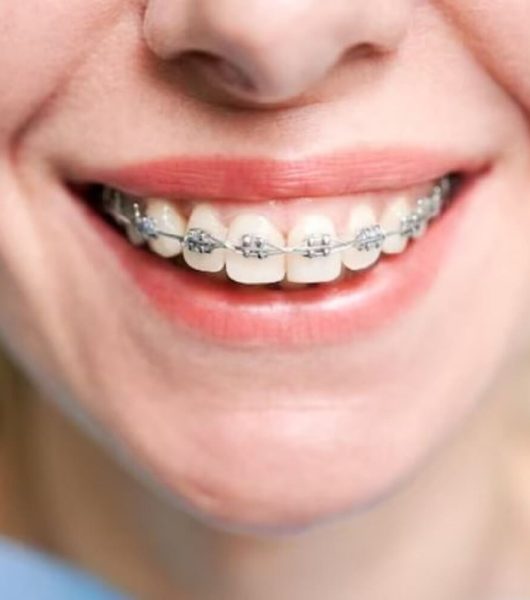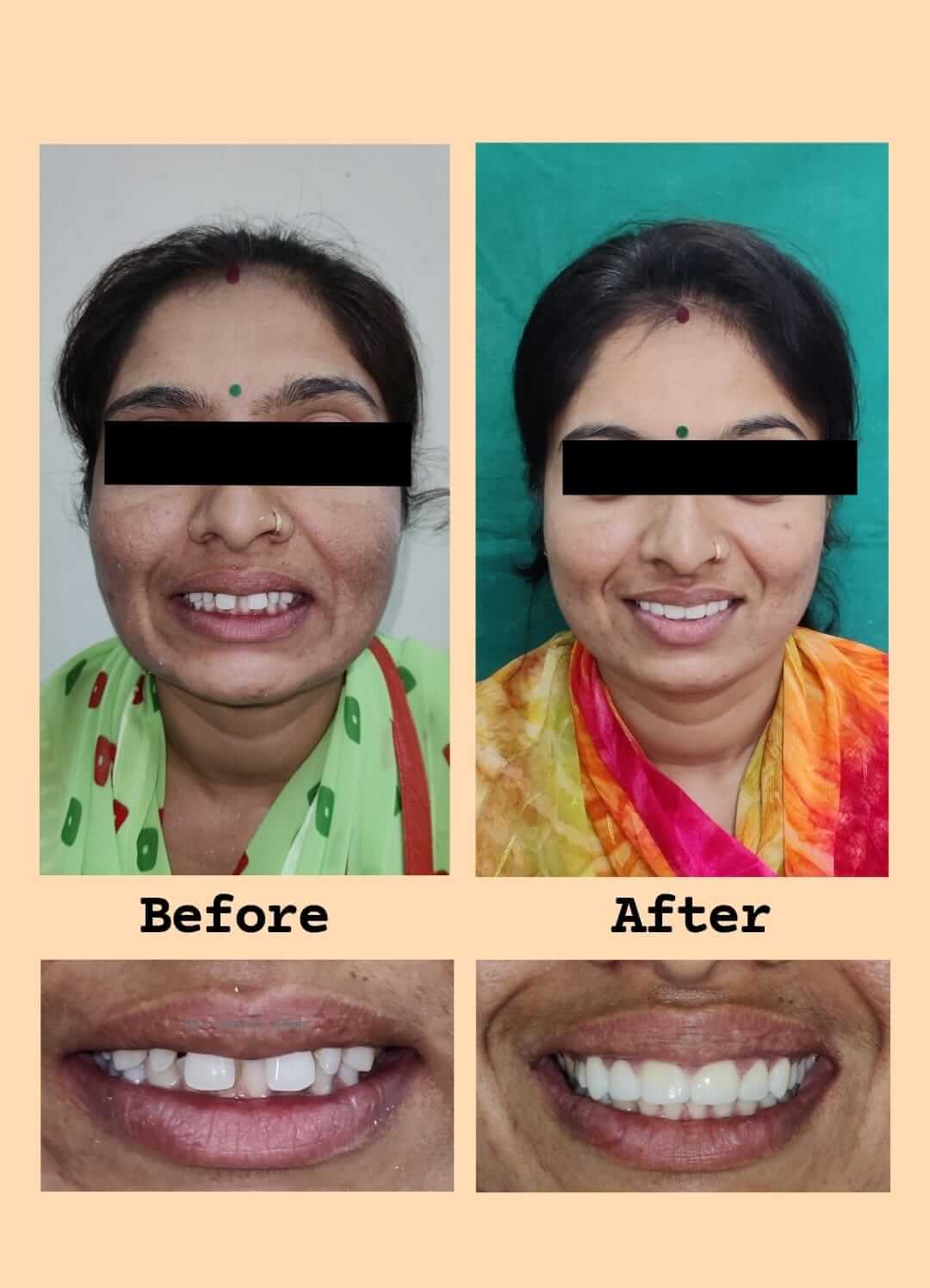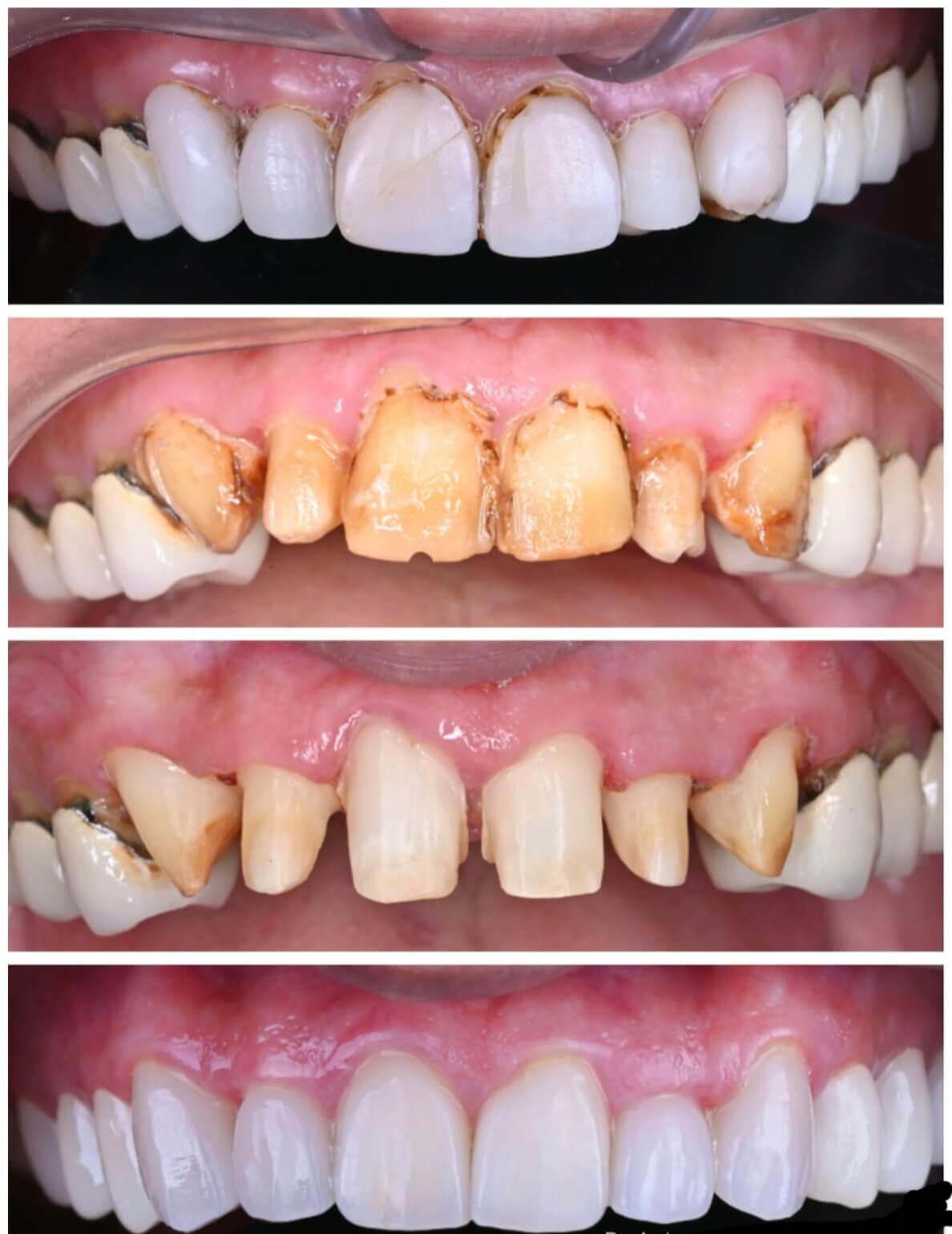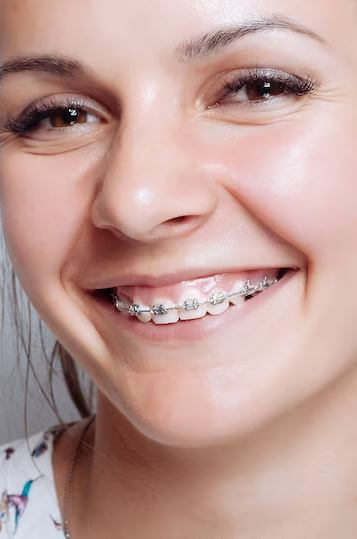Transform Your Smile with Comfortable and Convenient Orthodontic Treatment

Overview
Aligners and Braces
Aligners and braces are orthodontic appliances used to correct misaligned teeth, bite problems, and other dental issues. Braces consist of metal brackets and wires that are attached to the teeth and adjusted over time to gradually shift them into the desired position. Aligners, on the other hand, are clear, removable trays that are custom-made for each patient and worn over the teeth to gently move them into the desired alignment. Both treatments require regular visits to the orthodontist and may take several months to several years to complete. However, they can significantly improve the appearance and functionality of your teeth and help to prevent future dental problems.
Aligners and braces are effective orthodontic treatments that can help to straighten teeth, correct bite issues, and improve oral health. While they may require some adjustments and maintenance, the end result is a beautiful and healthy smile that can boost self-confidence and overall well-being.
Benefits of Aligners and Braces
Here are some Benefit of Aligners and Braces
Improved Appearance
Aligners and braces can straighten crooked teeth and correct misalignments, resulting in a more attractive smile.
Improved Self-Confidence
A straighter, more attractive smile can boost self-esteem and confidence, leading to a more fulfilling social and professional life.
Better oral Health
Misaligned teeth can be difficult to clean properly, which can lead to tooth decay and gum disease. Aligners and braces can improve oral hygiene by making it easier to clean teeth and gums.
Enhanced Speech
Misaligned teeth can affect speech, causing issues with pronunciation and clarity. Straightening teeth with aligners or braces can improve speech and communication.
Types of Braces & Aligners
Types of Braces
Traditional Braces
These are the most common type of braces, made of metal brackets and wires that are attached to the teeth. They are effective in treating a wide range of dental issues.
Ceramic Braces
These braces are similar to traditional braces but the brackets are made of clear or tooth-colored ceramic material, which makes them less noticeable on the teeth.
Lingual Braces
Lingual braces are similar to traditional braces, but the brackets and wires are placed on the inside of the teeth, making them virtually invisible from the outside.
Types of Aligners
Invisalign
These are clear, removable aligners that are custom-made for each patient. They gradually shift the teeth into the desired position over time, without the use of wires or brackets.
ClearCorrect
ClearCorrect aligners work similarly to Invisalign, but they may be more affordable for some patients. They are also custom-made and transparent, providing a discreet treatment option.

Each type of brace or aligner has its own benefits and limitations, and the best option for each patient depends on their specific dental needs and preferences. It is important to consult with a qualified orthodontist to determine the most appropriate treatment plan.
Who is a Candidate for Braces or Aligners
Not everyone is a good candidate for braces or aligners. The treatment is typically recommended for individuals with orthodontic issues such as crooked teeth, crowded teeth, gaps between teeth, overbites, underbites, and crossbites. However, the best way to determine if you are a candidate for braces or aligners is to schedule a consultation with a qualified orthodontist. They will evaluate your teeth and bite and recommend the most appropriate treatment option for your specific needs.

Treatment Process and Timeline
The treatment process for braces and aligners typically involves several steps and may vary depending on the individual case. Here is a general overview of the process and timeline:
- Initial consultation : This involves an evaluation of your teeth and discussion of treatment options with your orthodontist.
- Customization : For braces, the orthodontist will create customized brackets and wires to fit your teeth. For aligners, the orthodontist will take impressions and create a custom treatment plan.
- Placement : Braces are attached to the teeth with a special adhesive and wires are inserted to apply pressure to move the teeth. Aligners are worn over the teeth and changed periodically to gradually shift them into the desired position.
- Adjustments : Regular appointments with the orthodontist are needed to adjust braces or provide new sets of aligners.
- Maintenance : After treatment, a retainer is often needed to help maintain the new position of the teeth.
The timeline for treatment can vary depending on the severity of the case, but typically lasts between 6 months to 2 years. Regular appointments with the orthodontist are crucial to ensure progress and achieve optimal results.
How Braces and Aligners Work to Straighten teeth
Braces and aligners work to straighten teeth by applying gentle and constant pressure on them, gradually moving them into the desired position. Here is a brief overview of how each type of treatment works:
- Traditional braces : These consist of metal brackets that are bonded to the teeth and connected by a wire. The wire is tightened over time to gradually move the teeth into the correct position.
- Ceramic braces : These are similar to traditional braces, but the brackets are made of tooth-colored ceramic material that blends in with the teeth.
- Lingual braces : These are similar to traditional braces, but the brackets are attached to the back of the teeth, making them less visible.
- Invisalign and ClearCorrect aligners : These are clear plastic trays that fit over the teeth and are custom-made to gradually shift them into the correct position. The trays are replaced every few weeks to continue the gradual movement.
Overall, braces and aligners work by applying gentle pressure to the teeth over time, gradually shifting them into the desired position for a straighter and more aligned smile.


